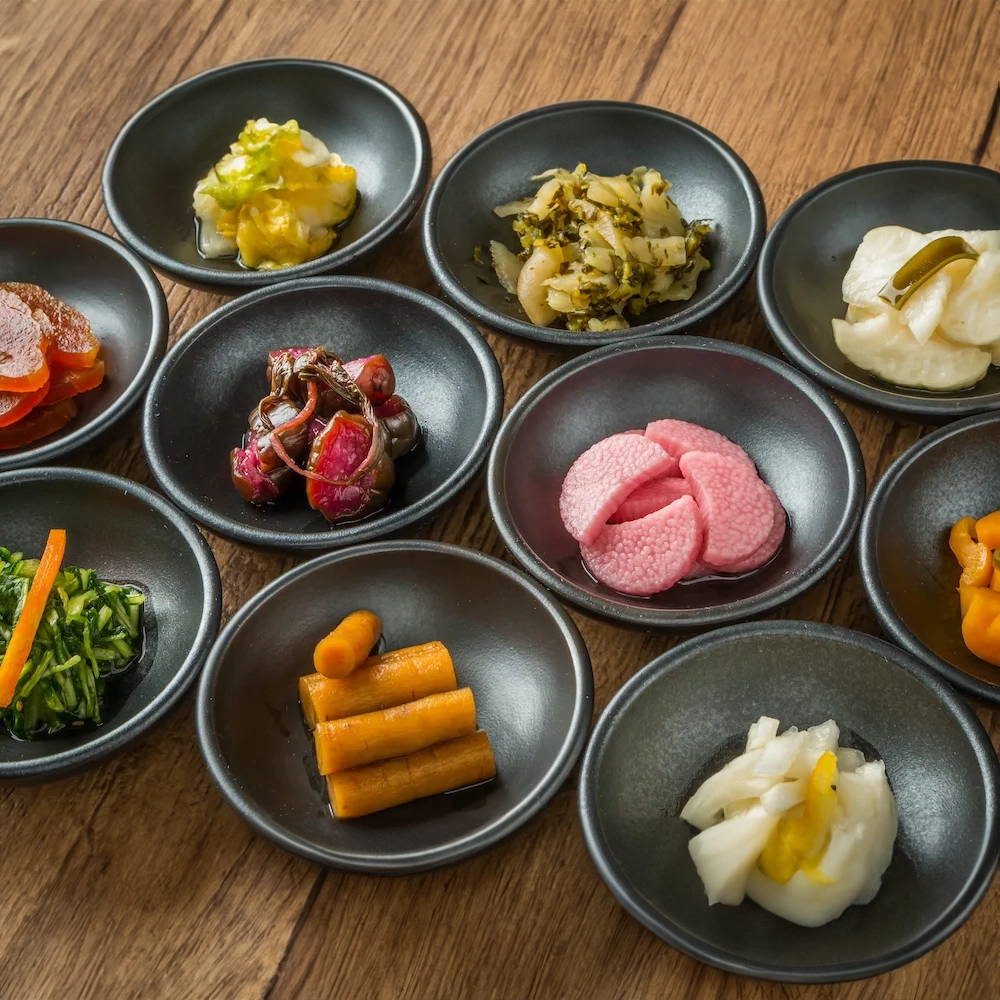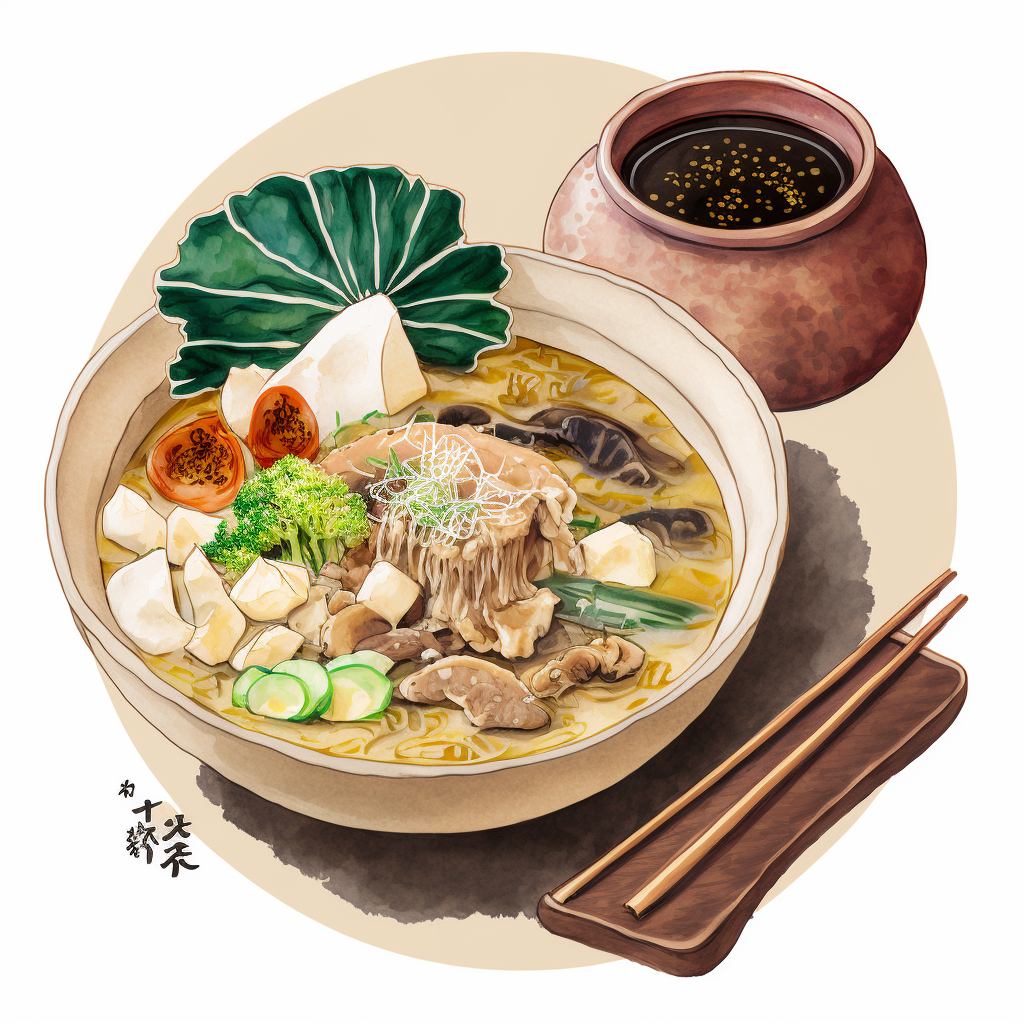At the heart of Japanese cuisine, an ancient and delicious tradition persists – Tsukemono. These pickled condiments, which literally translate to “salted vegetables,” represent a culinary art that dates back centuries. This article explores in detail the history, varieties and cultural importance of Tsukemono in Japanese gastronomy.
1. The Tsukemono, Historical Origins:
Tsukemono has deep roots in Japanese history, dating back to when food preservation was crucial to surviving long winters and periods of scarcity. Early methods included salting, fermentation, and brining, creating a variety of unique flavors.
2. Preparation Techniques:
Tsukemono preparation techniques vary depending on the vegetables used and regional preferences. Salting, lactic fermentation, brining and drying are all methods used to create complex flavors and unique textures. Common ingredients include radish, cucumber, ginger and cabbage.
3. The Tsukemono Varieties:
a. Shiozuke: Vegetables salted in brine, creating a salty flavor.
b. Suzuke: Vegetables marinated in a sauce made from soy sauce, mirin and sugar.
vs. Nukazuke: Vegetables fermented in fermented rice bran (nuka) for a distinctive umami flavor.
d. Senmaizuke: Cucumbers cut into thin slices and marinated in a sweet vinegar sauce.
e. Gari: Pickled ginger often served with sushi to cleanse the palate.
4. Cultural Significance:
Tsukemono hold a special place in Japanese cuisine, bringing a palette of flavors to everyday meals. They are often served as a side dish with rice and miso soup, creating a harmonious balance of tastes and textures. Their presence is also celebrated during ritual ceremonies and traditional festivals.
5. Contemporary Evolution:
Although the basic techniques remain, contemporary cuisine in Japan has seen the emergence of new, creative variations of Tsukemono. Chefs are experimenting with innovative ingredients and flavor combinations, adding a modern twist to this ancient culinary tradition.
Conclusion:
Tsukemono are much more than condiments in Japan; they are a reflection of a rich history and continuing culinary ingenuity. Their variety, meticulous preparation and role in Japanese food culture make Tsukemono a must-have taste experience for those wanting to explore the depth and diversity of Japan’s cuisine.



